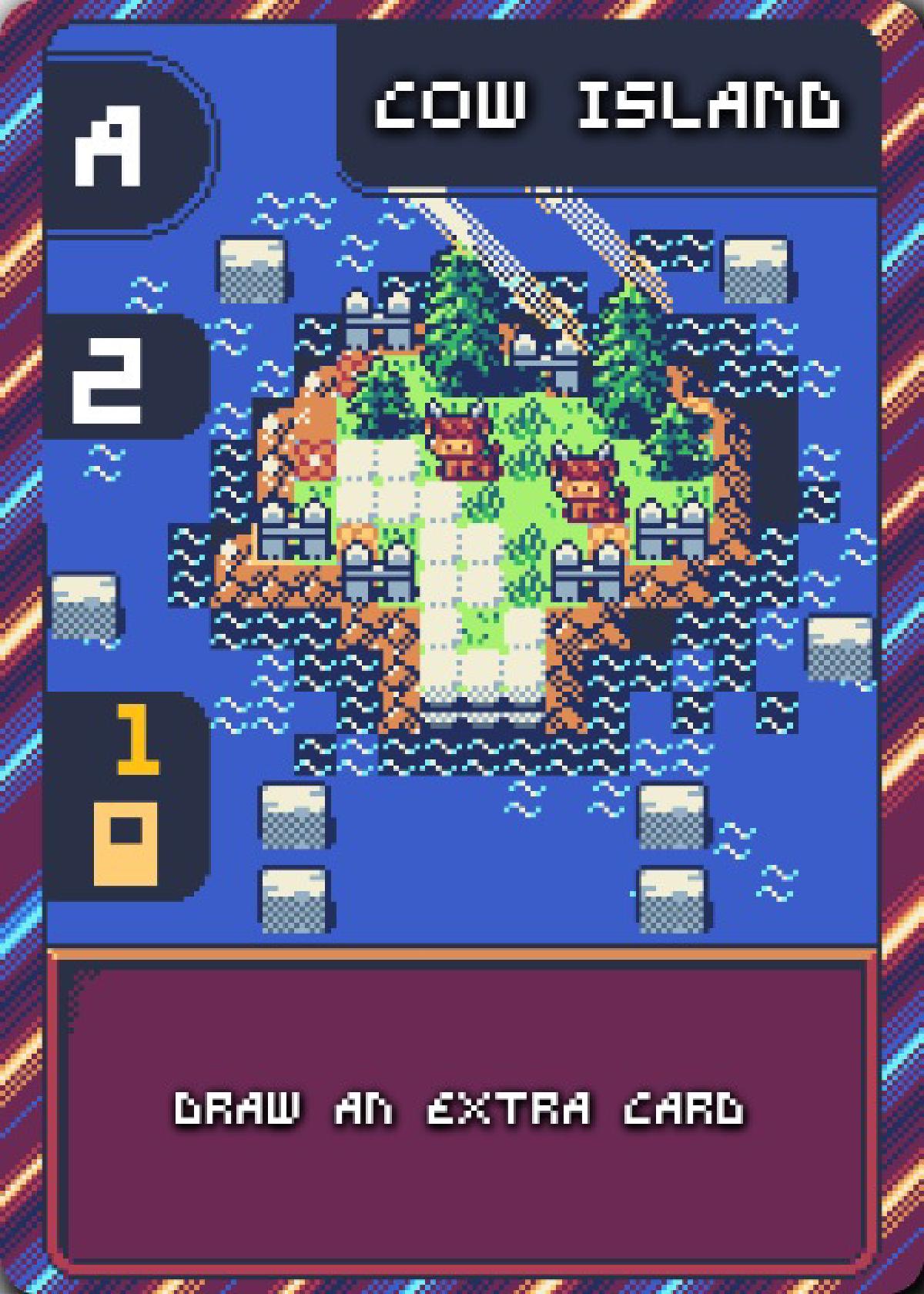When I set out to create Highland Islands, I had a simple vision: adorable highland cows, competitive island-building, and a game that wouldn’t require a second mortgage to produce. What emerged was a fast-paced card game that is still in development but that we will release soon, all thanks to some clever design decisions (and my very patient siblings who endured countless playtests).
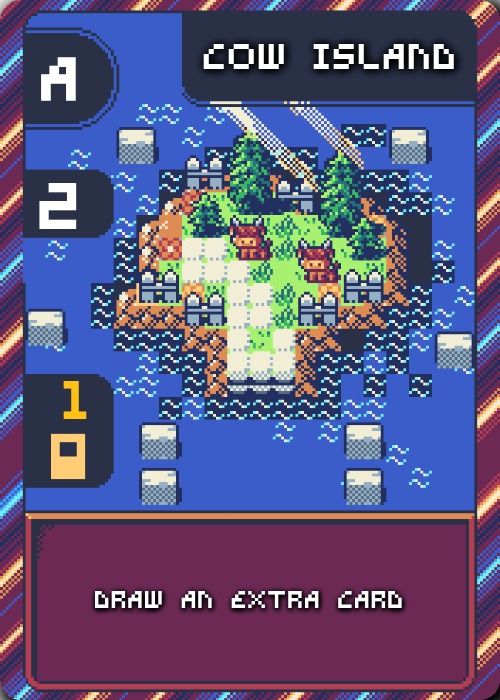
Highland Island prototype card
The Core Challenge: Making Cards Do Everything #
The beauty of a pure card game is in its simplicity. No boards, no tokens, no tiny wooden cows that get lost in the couch cushions—just cards. This decision wasn’t just about keeping production costs low; it made Highland Islands genuinely portable. You can stuff the entire game in a bag and take it anywhere. Plus, it meant I could focus all my energy on making the gameplay shine rather than juggling multiple components.
But here’s the thing about card-only games: they need to work hard. Every card had to earn its place.
Problem #1: The Dreaded Bad Hand #
We’ve all been there. You draw your opening hand and immediately know you’ve lost before playing a single turn. It’s frustrating, it’s unfun, and it was something I absolutely had to avoid.
The Solution: The Market System
Instead of relying purely on luck of the draw, I implemented a shared market of six face-up cards. Every player can see these options and choose from them. This creates a beautiful tension—do you grab that powerful island before your opponent does, or do you snag the action card that counters their strategy? The market ensures nobody’s stuck with an unplayable hand while adding a layer of strategy as players compete for the best available options.
Problem #2: Analysis Paralysis and Downtime #
Nothing kills the energy of a quick card game like waiting five minutes for your opponent to finish their turn. I wanted Highland Islands to feel dynamic and engaging for everyone at the table, not just whoever’s currently playing.
The Solution: Simultaneous Play
All players take their actions at the same time. You’re not waiting for someone to agonize over their decision while you sit there plotting revenge. Everyone’s engaged, everyone’s thinking, and the game maintains its momentum. This design choice was crucial for keeping the “quick and fast” promise I made to myself at the start.
Problem #3: Meaningful Choices Every Turn #
A card game can feel shallow if each card only does one thing. I wanted players to have interesting decisions, but I also didn’t want to bog down the game with complexity.
The Solution: The Triple-Play System
This became the heart of Highland Islands’ design. Every single card can be played in three different ways:
-
Face-down as a Resource - Building islands costs something, after all! As a bonus, playing a resource lets you draw two cards from the market that turn, accelerating your engine.
-
Sideways as an Action - Execute the special effect printed on the card. Maybe you’re stealing cards from opponents, maybe you’re triggering powerful synergies—these effects add spice and unpredictability.
-
Built as an Island - Pay the resource cost and add it to your collection for points. Those highland cows need a home, after all!
This system meant every card in your hand is useful. You’re never stuck holding something useless—you’re just deciding how to use it. The strategic depth comes from timing: when do you sacrifice a powerful island to use it as a resource? When do you trigger that action effect versus building it for points?
The Setup: Draft for Fairness #
Even with the market system, I wanted to ensure the game started on equal footing. Nobody should feel like they lost during setup.
The Drafting System
Players start by drafting their opening hands: pick a card, pass the rest, receive cards from your neighbor, pick again. It’s simple, it’s quick, and it ensures everyone builds their starting hand strategically. If someone at the table opens with an obviously powerful card, everyone else can draft to counter it. No more “I lost because of my starting hand” complaints.
Adding Flavor: Synergies and Stealing #
A good card game needs moments that make players go “Ooh!” or “Oh no!” I packed Highland Islands with effects that create stories:
- Theft mechanics that let you snag cards from opponents (nothing bonds players like shared frustration)
- Powerful synergies between specific card pairs that reward players who build combos
- Action effects that can swing the game’s momentum
These elements inject enough chaos to keep things exciting while still rewarding strategic planning. You need luck, yes, but you also need to play smart.
The Art: Pixel Perfect Highland Cows #
Here’s where I made another practical decision: pixel art inspired by classic Pokémon games. Why? Because I could actually create it myself relatively quickly, and it fit the whimsical theme perfectly. Those chunky, adorable pixel highland cows? They’re charming, they’re distinctive, and I love to spend my time drawing them.
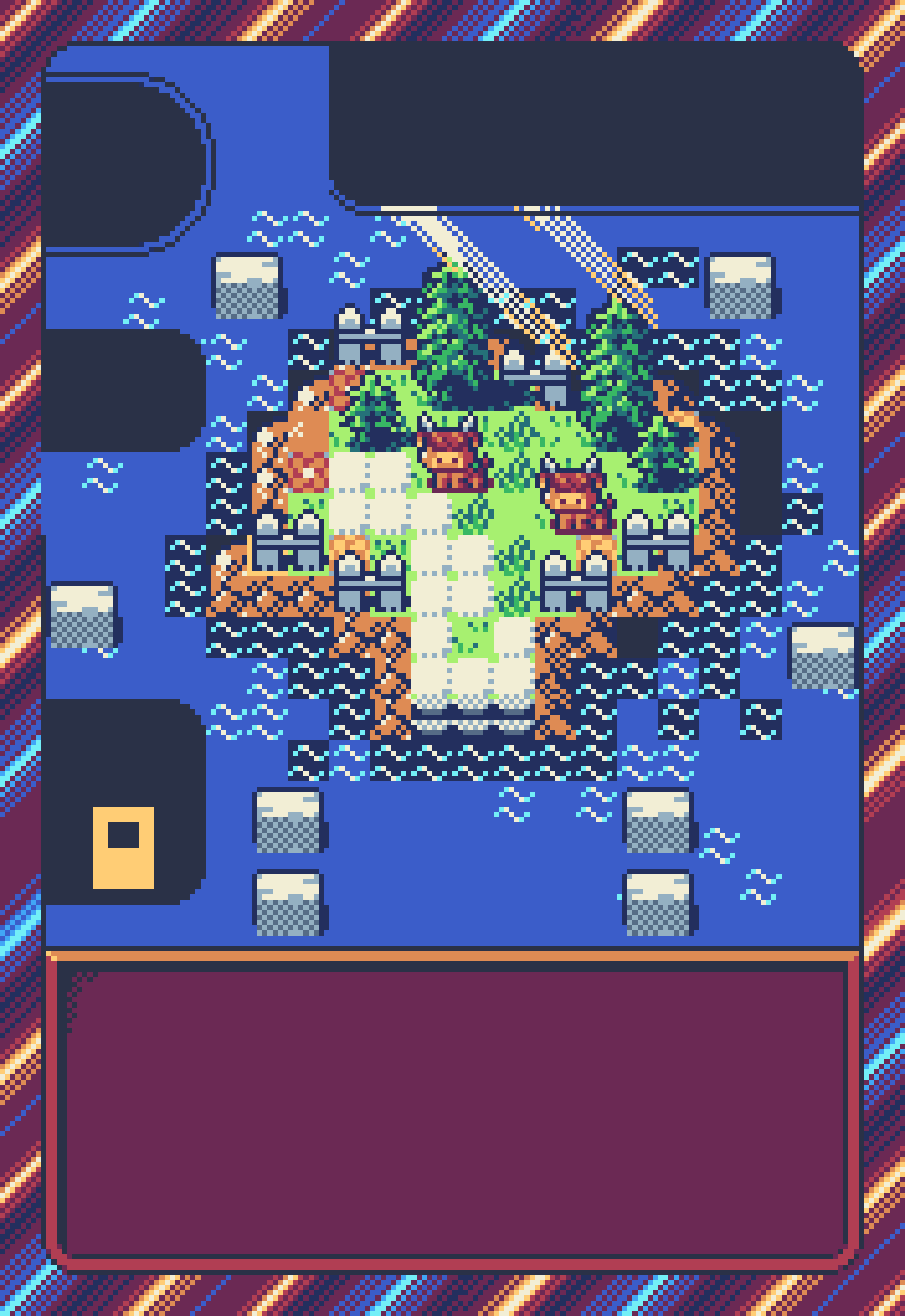

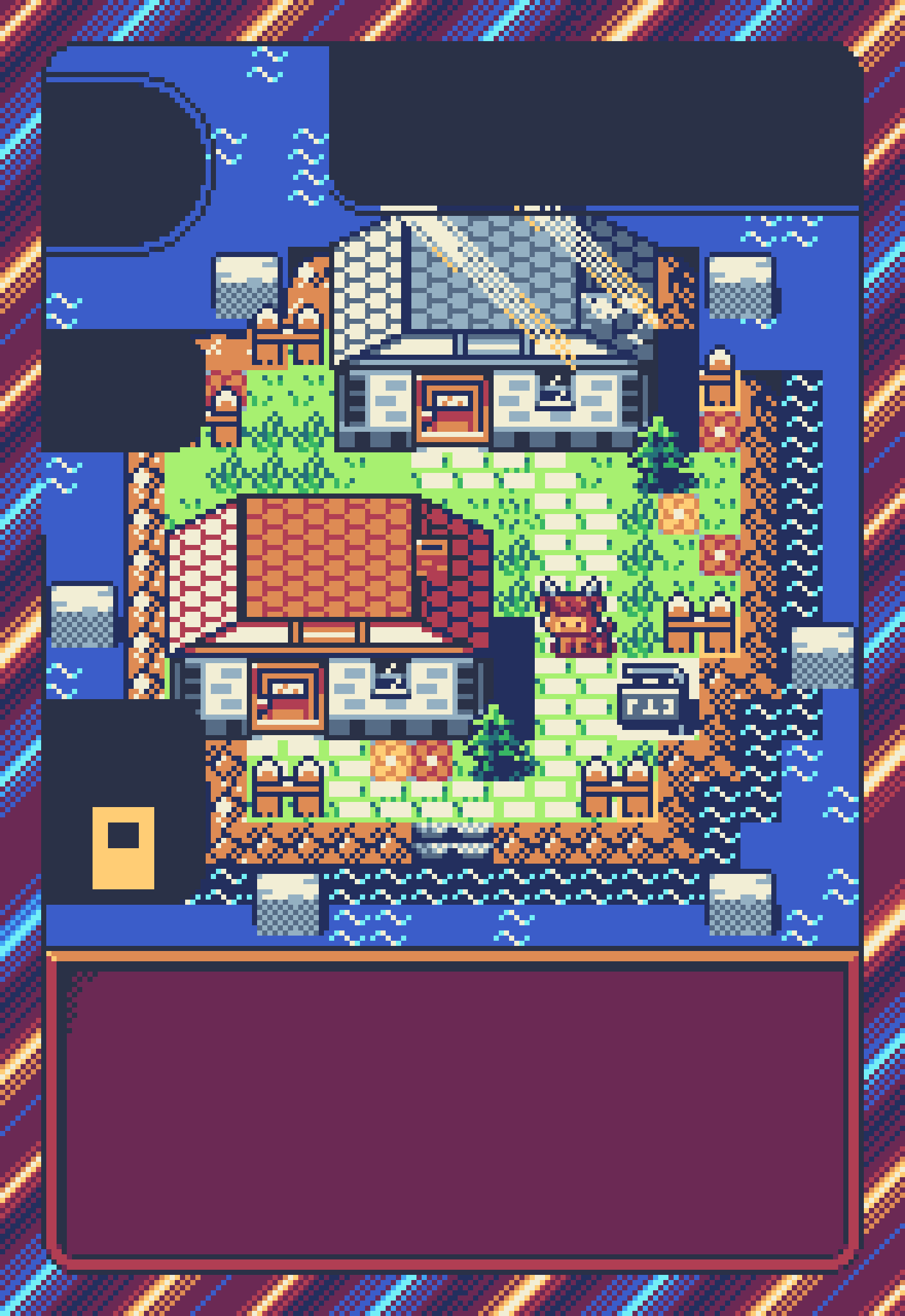
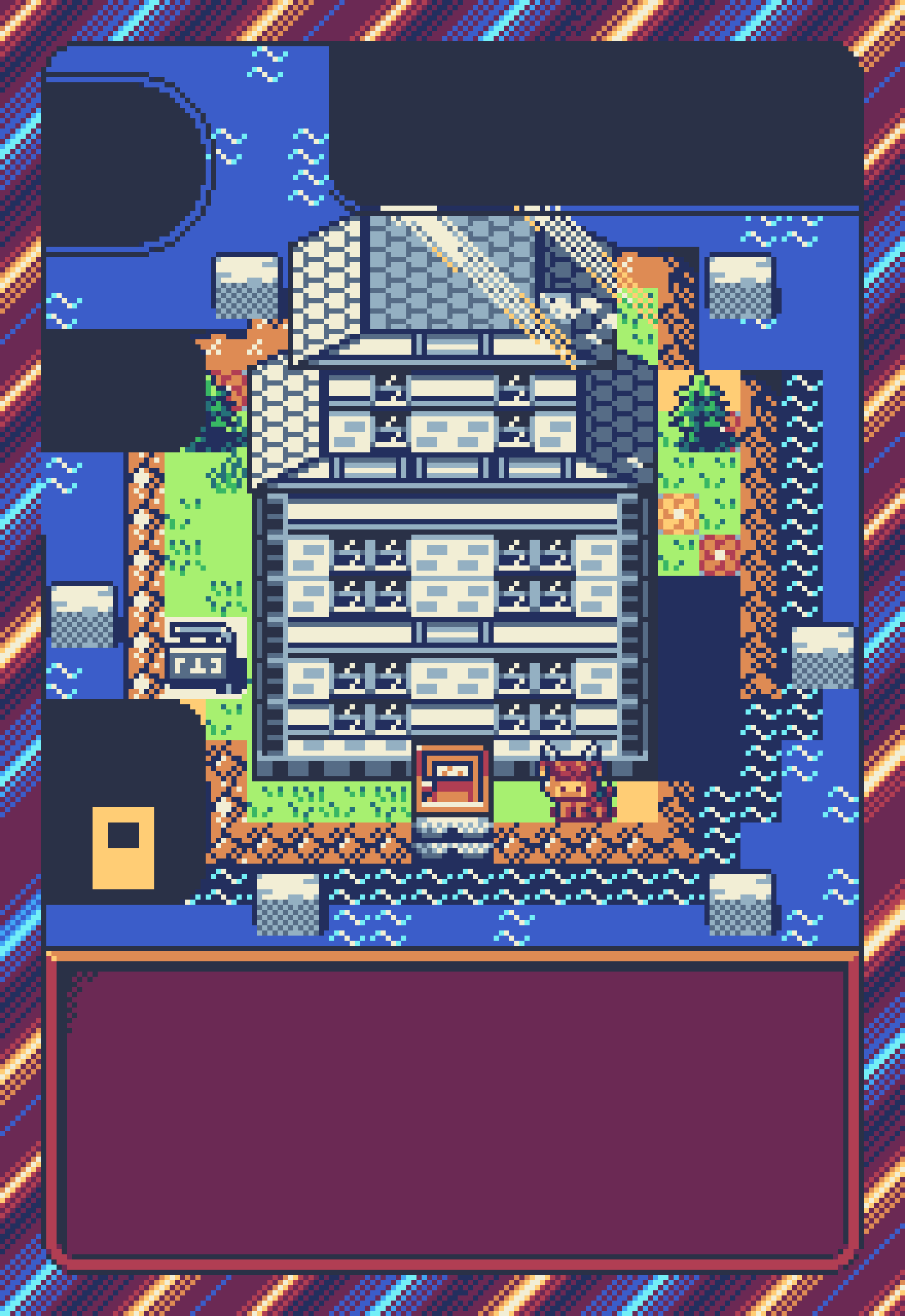

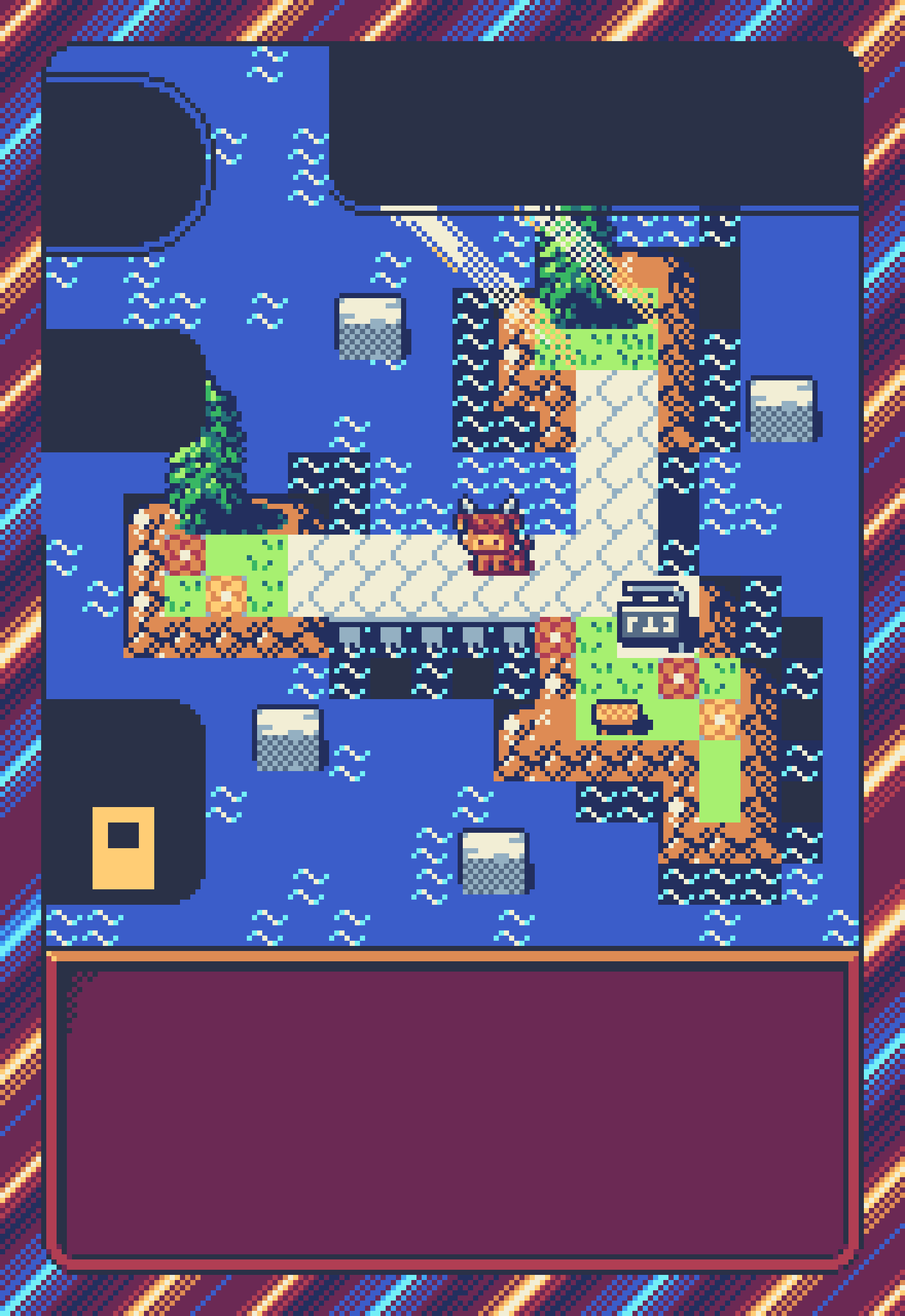
The retro aesthetic also gives the game a nostalgic warmth that resonates with players. Plus, pixel art scales beautifully and looks crisp even on small cards.
The Real MVPs: My Siblings (Mr J and P) #
Design theory is one thing. Reality is another.
I playtested Highland Islands relentlessly with my siblings using Tabletop Simulator. They broke cards I thought were balanced. They found strategies I never imagined. They told me when something was confusing or boring. Every version of the game got better because they were willing to play it over and over, even when certain cards were hilariously overpowered or the pacing was off.
Playtesting isn’t glamorous, but it’s absolutely essential. No amount of theorycrafting beats watching real people play your game and seeing where they struggle, where they laugh, and where they lean in with excitement.
The Result: Flexible, Fast, and Fun #
Highland Islands ended up checking all my boxes:
✓ Pure cards - Low production cost, highly portable
✓ Flexible player count - Works with 2+ players
✓ Balanced luck and strategy - The market and triple-play system ensure this
✓ Minimal downtime - Simultaneous play keeps everyone engaged
✓ Meaningful decisions - Three ways to play each card creates depth
✓ Fair starts - Drafting prevents unbalanced opening hands
✓ Engaging gameplay - Synergies and interactive effects create memorable moments
Designing Highland Islands taught me that good game design often comes from identifying problems and finding elegant solutions. Every constraint—making it card-only, keeping it fast, ensuring fairness—became an opportunity to innovate.
And those pixel highland cows? They’re living their best lives on their procedurally-drafted islands, and players seem to love building collections of them.
Now if only my siblings would stop stealing my best cards during family game night…
